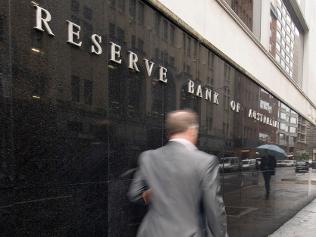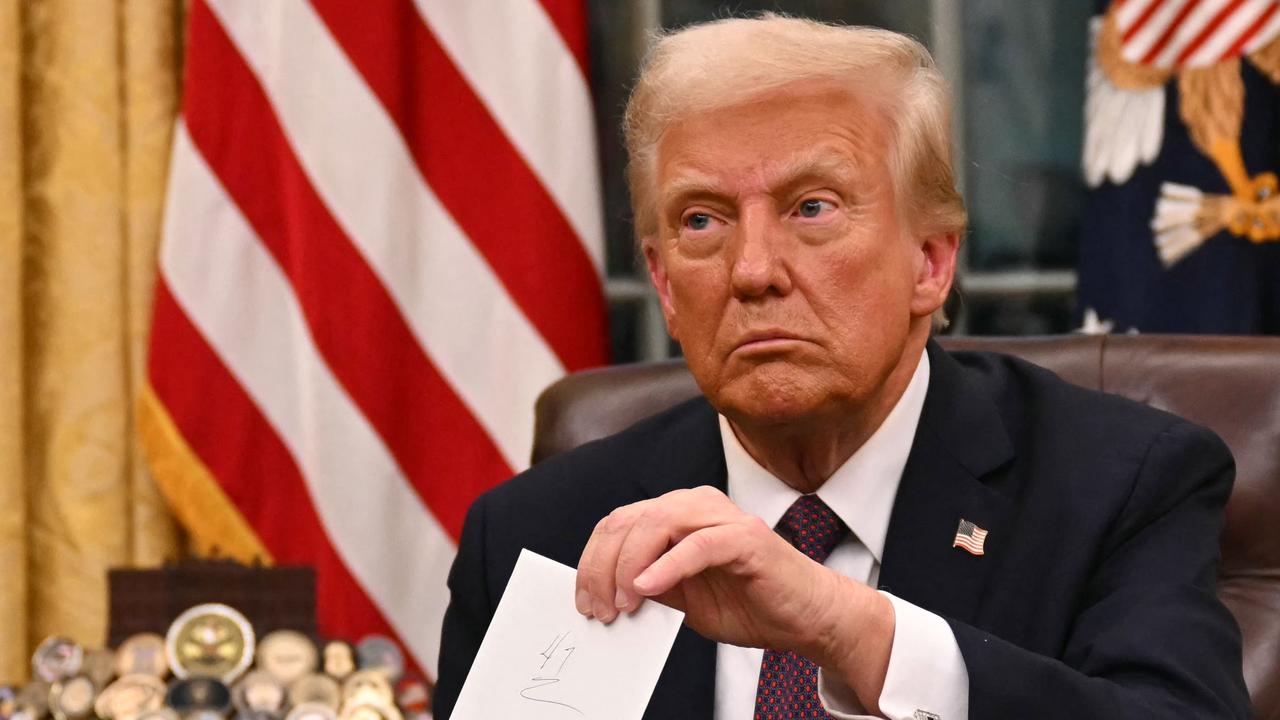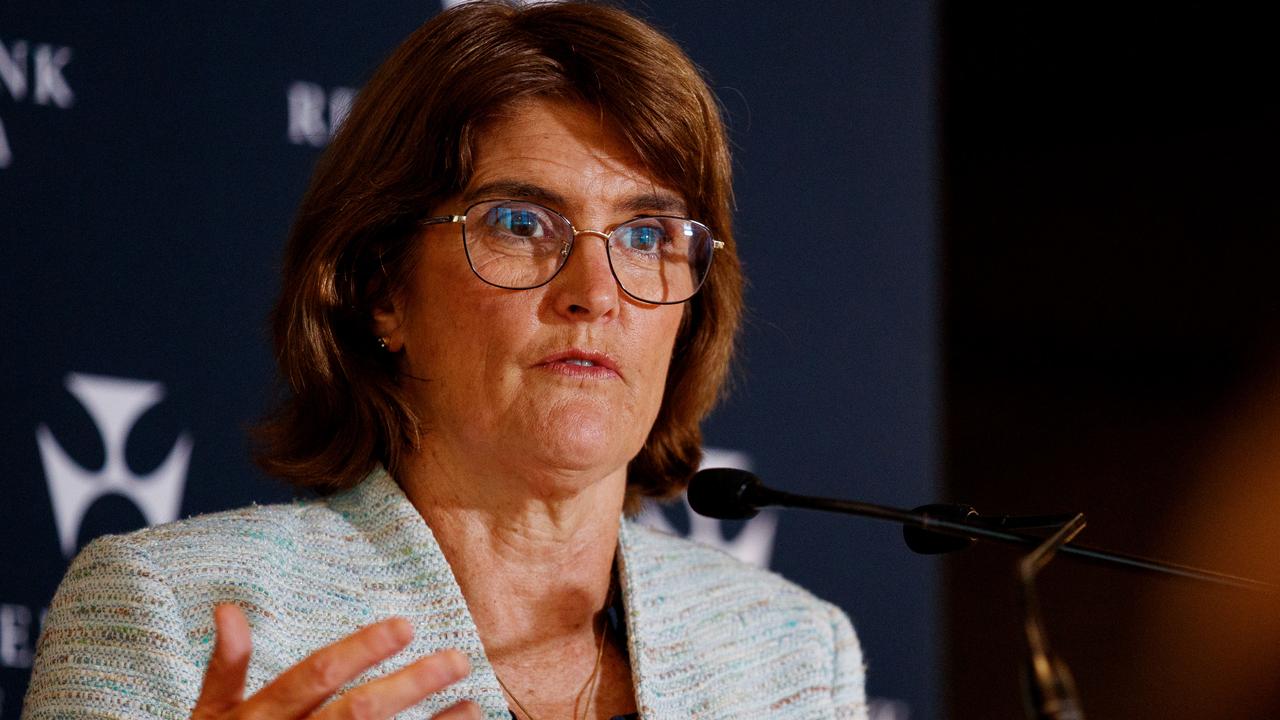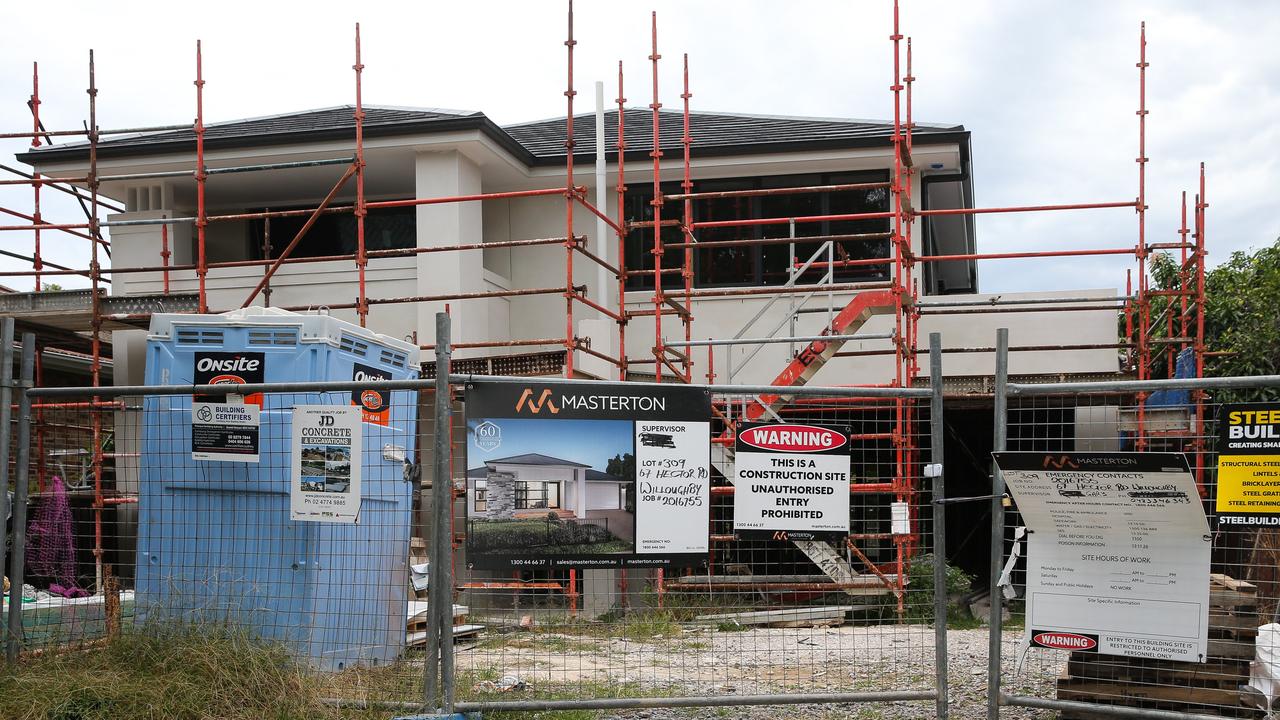Reserve Bank of Australia says interest rate hike still likely
THE Reserve Bank again signals an interest rate rise is in the pipeline if the economy moves "as expected" but won't say when.

THE central bank has again signalled an interest rate rise is in the pipeline if current economic conditions "continued to evolve as expected".
The minutes of the Reserve Bank of Australia's (RBA) May 3 board meeting, released today, show the bank believes the current mildly restrictive stance on monetary policy, helped by the rising Australian dollar, is appropriate.
The board left the cash rate at 4.75 per cent at the meeting.
"Members judged that if economic conditions continued to evolve as expected, higher interest rates were likely to be required at some point if inflation was to remain consistent with the medium-term target," the RBA minutes said.
This comes despite some of the country's leading executives urging the Reserve Bank to limit interest rate rises this year, warning that the non-resources economy was struggling and would be unable to cope with more cost pressures without serious consequences for businesses and consumers.
Seven's Kerry Stokes warned at a forum hosted by The Australian that the economy was left reeling from the Reserve Bank's decision to raise interest rates in November and did not need more interest rate rises.
He criticised the RBA for warning recently that two interest rate rises could be needed to cool the economy's growth and manage the rising inflation rate.
Westpac chief executive Gail Kelly said she believed the RBA was deliberately trying to cool the Australian housing market. However, she said that consumers could only cope with one interest rate rise this year.
This reiterated comments made in the central bank's statement on monetary policy, released on May 6, which said "further tightening of monetary policy is likely to be required at at some point for inflation to stay consistent with the 2 to 3 per cent medium term target."
Australia's mining investment boom is expected to help push economic growth to above four per cent by the end of the year and unemployment below five per cent.
However, the inflation rate is tipped to be at or above three per cent throughout the next couple of years, according to Treasury and RBA forecasts.
The central bank uses its control over the cash rate to keep inflation between 2 to 3 per cent on average over the course of the economic cycle.
It last raised the rate in November 2010, citing rising commodity prices and historically high terms of trade as the main reason for that move.
In the minutes of the May 3 board meeting, the RBA noted the inflation rate was boosted by high fruit and vegetable prices.
It also noted that March quarter gross domestic product (GDP) was likely to contract as a result of the disasters along Australia's east coast during summer.
However, RBA board members reiterated that they "would look through the temporary effects on inflation and growth and set policy based on the medium term outlook."
The board also noted above trend economic growth in the world economy was boosting commodity prices.
"In turn, this was supporting real incomes in Australia and leading to very high levels of investment in the resources sector," the RBA minutes said.
The central bank said there were inflationary pressures, but they had been been contained somewhat.
"The recent appreciation of the exchange rate and the continuation of the relatively higher saving ratio by household would help contain some of the inflationary pressures coming from the resources boom.
"Nonetheless, the staff forecast was for underlying inflation to be in the top part of the target bank of the next couple of years."



